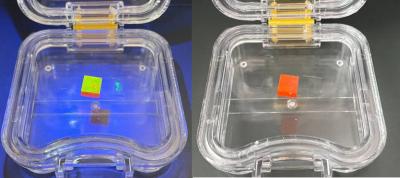Researchers use ferrocene interlayer for efficient and stable perovskite solar cells
Scientists from Imperial College London, the University of Surrey, the University of Nottingham, research institute UCL, Switzerland-based Fluxim and London South Bank University have designed a perovskite solar cell that integrates a ferrocene co-mediator interlayer at the interface between the spiro-OMeTAD hole transport layer (HTL) and the active perovskite material.
The team noted that the migration of lithium is critical in the degradation of spiro-OMeTAD-based devices, which is accelerated at higher temperatures, leading to the rapid degradation of the perovskite. The scientists described ferrocene as a sandwich structured material that is highly stable and can be used as a low-cost transition metal complex.


